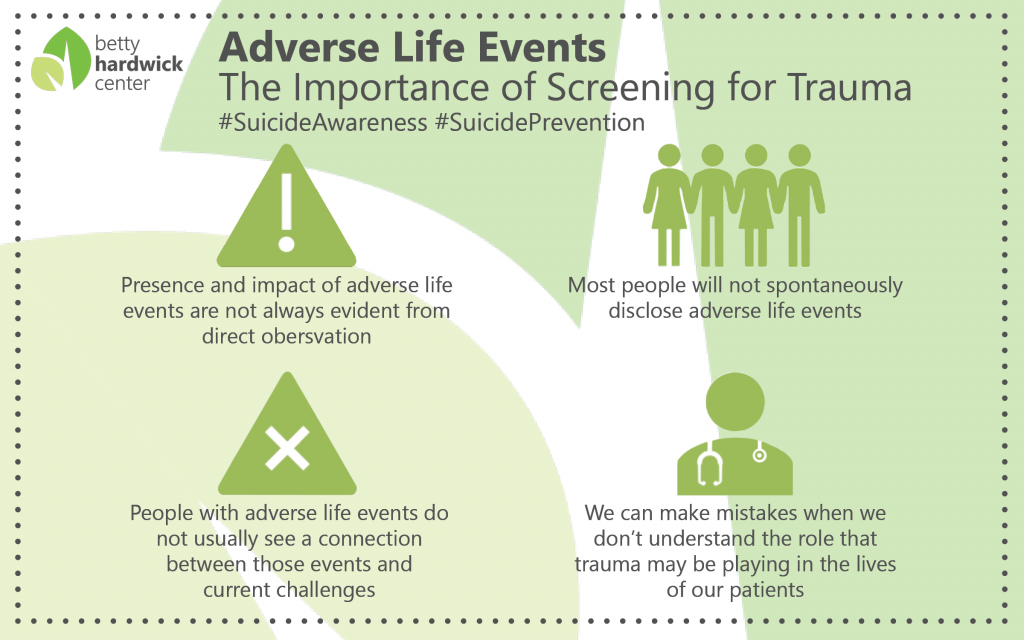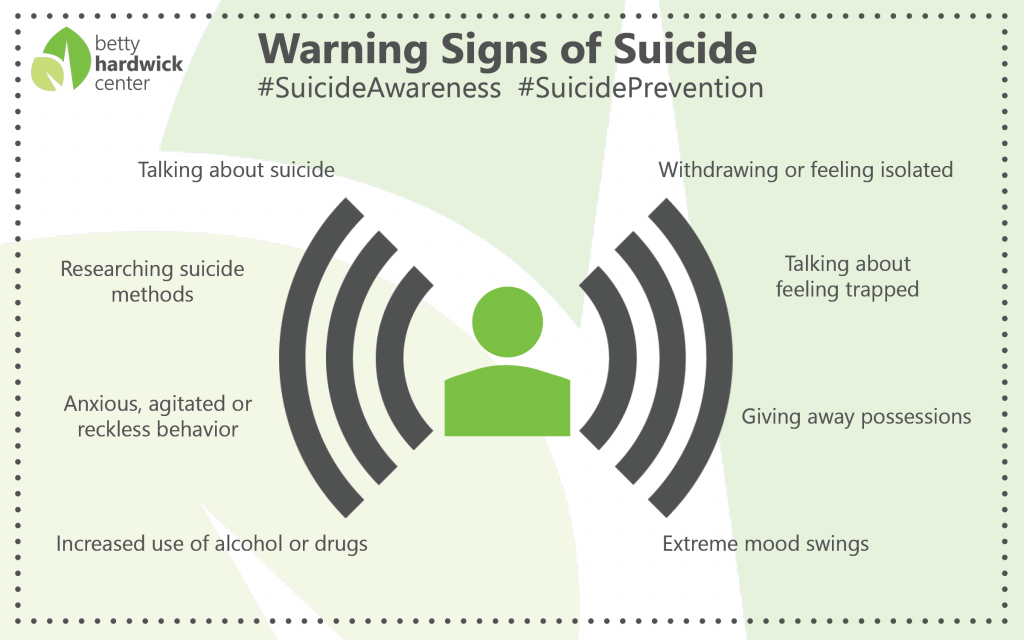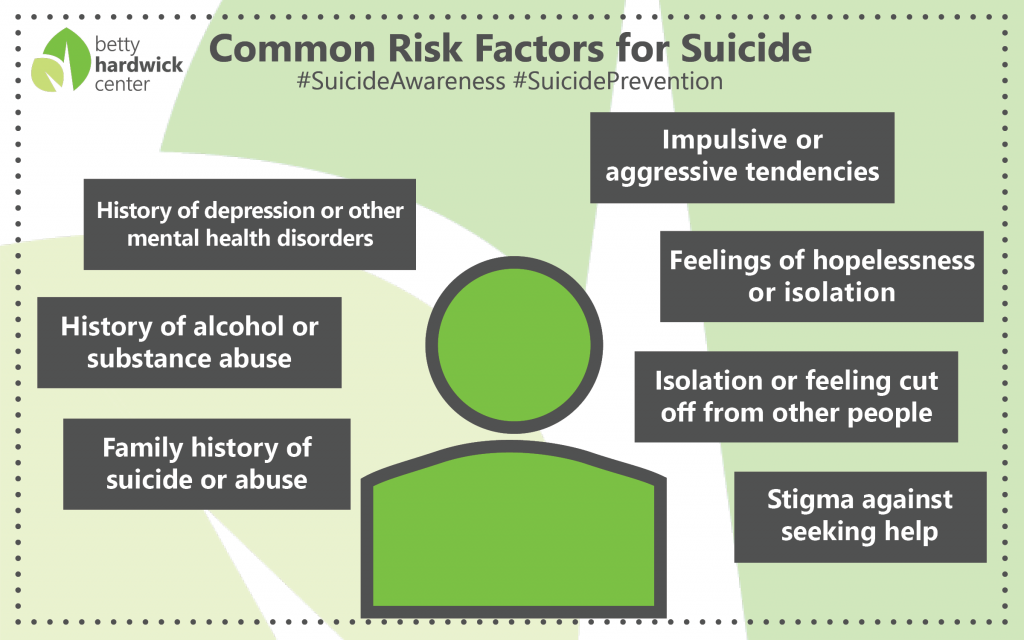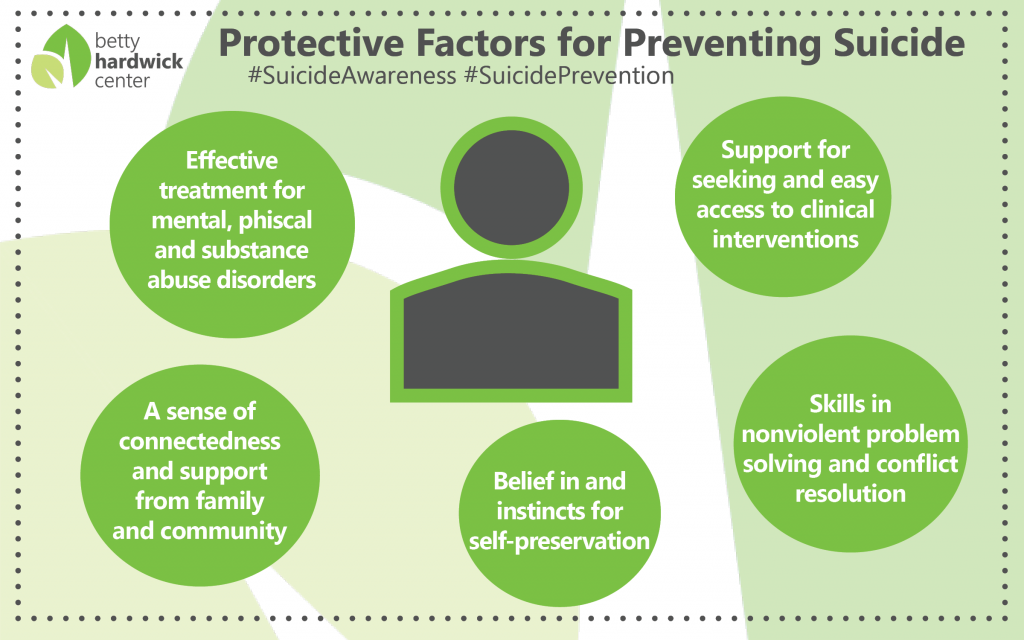Suicide Prevention Month 2020 (with Infographics)
2616 South Clack
Abilene, TX 79606
Phone: (325) 690-5100
24-Hour Crisis Hot Line: (800)758-3344

Suicide is among the leading causes of death in the United States. As of 2018, it ranked as high as second among several younger demographics including teens and those in their early twenties. Recognizing the signs and factors involved in suicidality (in ourselves and others) can save lives.
Despite its prevalence, suicide is usually an invisible scourge, obscured by many factors. Like trauma and other invisible ailments, suicidality often lurks below the surface, even for those well-versed in mental health care. As big a challenge as suicide is, it is preventable. Knowing the warning signs that an attempt is imminent can help. We don’t have to be mental health professionals to do this. Knowing how an individual’s environment is shaped by various risk factors and protective factors can also guide us toward interventions.
Past Trauma
Past trauma is a common underlying risk factor for suicide. Taking the trauma of others into account can mitigate this factor. This is vital to the work Betty Hardwick Center does, but the basic principles apply elsewhere in life as well.
Trauma impacts many people and can contribute to suicide attempts, yet we rarely discuss it. Accounting for trauma helps when you’re figuring out what type of care, treatment, or assistance will work best. It helps to avoid or minimize re-traumatization.
Warning Signs
These are some of the more obvious signs that someone may be considering a suicide attempt. If you recognize these behaviors in someone you know, it doesn’t take a professional to reach out. You can ask your loved ones if they are okay. You can ask them if the need help. If you fear they are beyond your help, you can even call a crisis hotline on their behalf for further guidance.
Suicide Prevention Lifeline: 1-800-273-8255
Betty Hardwick Center 24-hour Crisis Line: 1-800-758-3344
Common Risk Factors
Risk factors are the factors in an individual’s life or background that can create an environment in which they may be more likely to attempt suicide. They are not exactly the same as warning signs, but broader attributes that, when paired with warning signs, can indicate serious danger of suicide. They are the types of factors that tend to put someone in a negative headspace including feelings of isolation or hopelessness, substance abuse, depression, and family history of the same. These might be considered barriers to seeking help, including stigma, which is fairly common.
Protective Factors
While there is less scholarship around protective factors for suicide, there are some factors than can work to counteract the risk factors mentioned above. If you are concerned about someone, you can work to promote these protective factors which may decrease an individual’s likelihood to attempt suicide.
Just as risk factors are the kinds of things that lean toward negativity and pessimism, protective factors are the kinds of things that tend to have blanket positive impact. Feelings of connectedness and support, the skills to handle problems in nonviolent ways, self-belief, and an open attitude about seeking help.
There are many resources for suicide awareness and prevention. Here are the the sources that helped to inform this piece:
Centers for Disease Control and Prevention
Mental Health First Aid
Interested in enrolling in Mental Health First Aid? Keep an eye on our course offerings here, or seek them out closer to where you live.
As always, please call if you or a loved one needs help. Be the difference in preventing suicide!
Betty Hardwick Center 24-hour Crisis Line: 1-800-758-3344





